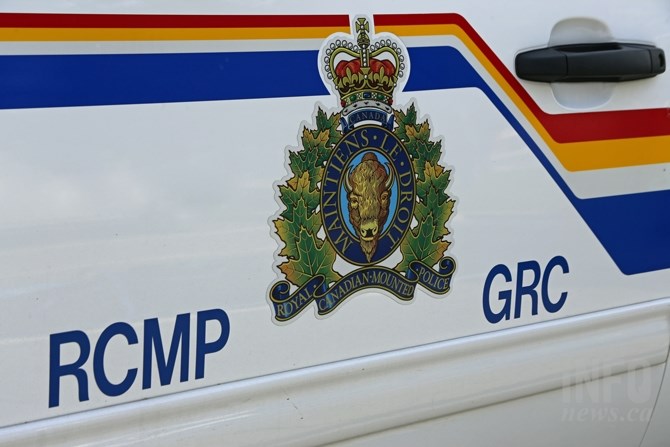
(JENNIFER STAHN / iNFOnews.ca)
August 16, 2022 - 3:46 PM
A lack of BC Ambulance paramedics meant Bella Coola RCMP had to transport a dead woman in a body bag in the back of their pickup truck to the hospital, on July 23, Samuel Schooner, chief of the Nuxalk Nation, said.
Schooner, who spoke to the Prince Rupert Northern View on Aug. 15 about ambulance staffing concerns, said because ambulances were more than two hours away, RCMP officers responded to the medical call where the 52-year-old woman was in cardiac arrest.
The officers provided CPR for more than an hour before a doctor from BC Ambulance Services, over the phone, pronounced her dead.
Once the declaration of death was made, police officers then had to obtain a body bag from Bella Coola hospital to transport the body in the back of a police vehicle to the morgue.
At the time of the emergency, there were no paramedics on duty in Bella Coola. The closest ambulance was in Anahim Lake, which according to Google Maps, is one hour and 43 minutes away. However, Schooner said it takes longer than that to travel between the two locations.
“Two hours if we’re lucky, depending on road conditions.”
The Chief explained gaps in paramedic services have been an ongoing issue in the community since BC Emergency Health Services (BCEHS) implemented a new staffing model last fall.
“We went from something that was working to something that’s not and I want to figure out at what cost. We know now potential deaths have happened because of it. That’s a cost that we will never ever get back.”
The woman who died was a member of the Nuxalk Nation. Schooner said it is frustrating being a leader at times as he has been advocating and asking the right questions but he doesn’t know what else he can do.
“We have a lot of people in the valley that aren’t in the greatest health and it is just a matter of time before we get affected again,” Schooner said.
According to a document written by BCEHS in October 2021, which can be found online, the new model, which they call “scheduled on-call,” was meant to improve consistency in emergency coverage for rural and remote communities by funding permanent, full-time positions.
It replaced an “on-call” model that relied on the availability of paramedics to work around other commitments without a guarantee of regular pay, the document states.
Schooner said he has a copy of the August ambulance schedule and when he looks at it, 10 days are completely blank, indicating to him that there is no one on paramedic duty, while there are other days with only one paramedic listed on the schedule.
Sergeant Trevor Romanchych was one of the RCMP officers who responded to the call on July 23.
“Unfortunately, it does happen at times with all the small communities, not just here,” he said, referring to RCMP being dispatched in place of paramedics.
“All emergency services, including hospitals, are struggling to fill positions. It’s not just BC Ambulance, it’s every agency across the board, it’s just the day and age, unfortunately … We have good relations with our local paramedics here. They’re entitled to their days off as well,” he said.
The Prince Rupert Northern View reached out to BCEHS for comment and received no response at the time of publication.
— This story was originally published by the Prince Rupert Northern View.
News from © iNFOnews, 2022